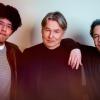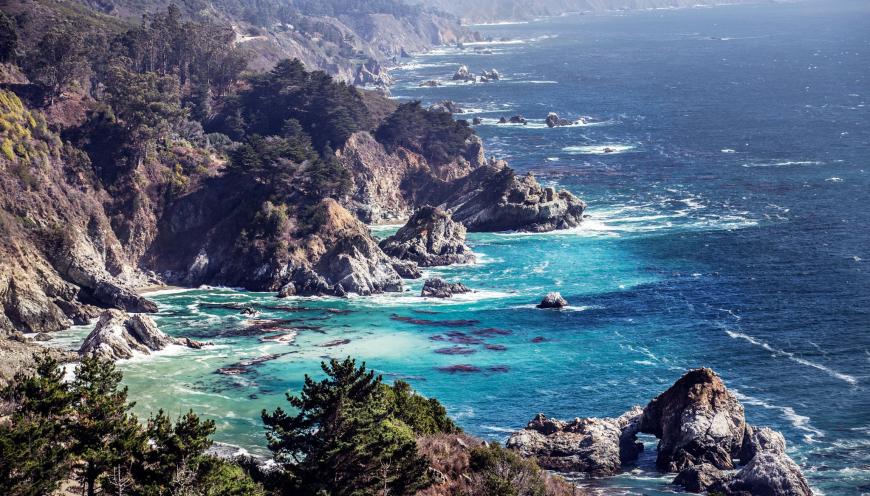
In this era of political polarization and deep distrust, it sometimes appears we have lost certain essential abilities. We seem unable to see our differences as positive rather than threatening, to celebrate everyone’s freedom to express themselves, and to work together to create a better world.
If we’re ever going to get back on that productive path, we need some role models. Fortunately, we can find one here in our state: the new-music-oriented California Festival.
The event, which runs Nov. 3–19, embodies the ideals of diversity and accessibility. The 100-plus participating organizations, some large and wealthy, others neither, include professional orchestras, choruses, opera companies, youth orchestras, and educational institutions. The world-renowned Takács Quartet will take part (playing a program at Santa Monica’s BroadStage); so will the La Jolla Presbyterian Church Concert Series.
The concerts are spread out so widely across the state that a majority of Californians will be able to easily hear at least one of the 188 works scheduled to be performed (33 of which will be world premieres). The southernmost performances will be in San Diego, the northernmost in Fort Bragg and featuring Symphony of the Redwoods.
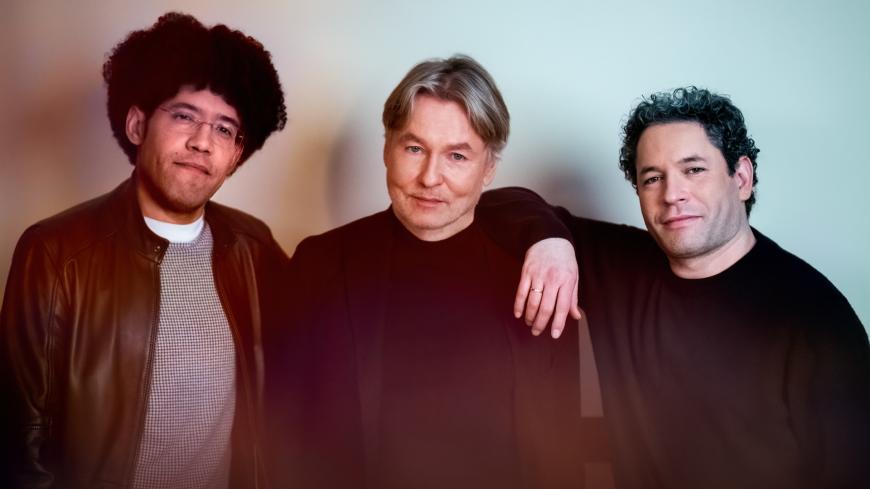
The festival’s fundamental organizing principle is autonomy. Beyond following one basic guideline — perform at least one piece written within the past five years — each participating group has made its own choices, picking works it deemed worthy and appealing to its audience. There is total freedom within the festival’s framework.
“I’m originally from Wisconsin, where potlucks are common,” said Richard Lonsdorf, executive director of San Francisco’s New Century Chamber Orchestra. “I think this festival benefits from the same logic: Ask everyone to bring a dish to pass, and it will all work out somehow.”
“Every organization has its own mission and vision, and every organization knows its artists and audience,” added Grant Gershon, artistic director of the Los Angeles Master Chorale. “This model acknowledges that. It fosters and encourages creative curation on the part of each participating organization.”
This loose, democratic structure “gives many people an opportunity to show us who they think the most exciting people in new music are,” said Phillippa Cole, chief artistic officer of the San Francisco Symphony. “Everybody is approaching this in a different way and championing different composers. It’s really thrilling.”
“There’s a spirit of ‘Here’s what I want to share. This is what excites me. It might be different from what you’re presenting,’” added Meghan Umber, chief content officer of the Los Angeles Philharmonic.
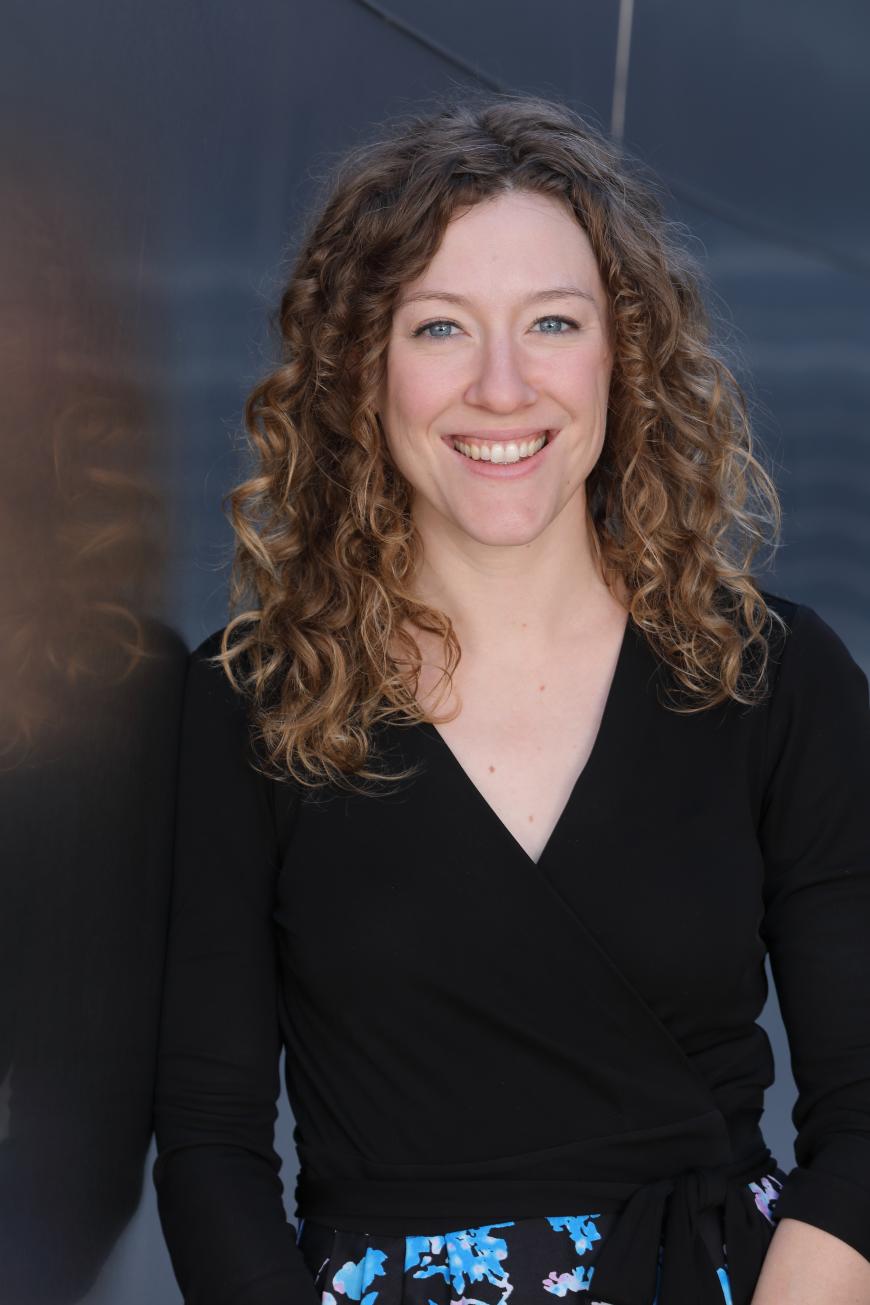
She noted that the three music directors who initiated and announced the festival — Gustavo Dudamel of the LA Phil, Esa-Pekka Salonen of the SF Symphony, and Rafael Payare of the San Diego Symphony — “didn’t want to tell people what they think is important. Rather, they wanted to ask the community what they think is important.”
They also didn’t want to place too much emphasis on world premieres for a couple of reasons. First, it is often more difficult for a composer to get a second or third performance of a piece than a first one. Extending the life of a well-crafted new work is an inherently worthwhile endeavor.
Second, “a lot of smaller organizations don’t have the budget for commissioning, so we didn’t want to restrict people in that way,” said the SF Symphony’s Cole. “We wanted organizations to be able to take part regardless of the size of their budget.”
Both Cole and the LA Phil’s Umber were initially concerned that there could be considerable overlap in repertoire between the various performing organizations. “My biggest fear was we would get 100 performances of the same piece,” Umber recalled. “That has categorically not taken place.”
Indeed, no single piece is being performed by two ensembles, and the number of composers represented has passed 140. They are a notably diverse bunch, ranging in age from 27 to 97 and representing more than 20 nationalities, from Finnish to Filipino, Chilean to Chinese.
That said, certain composers have proven popular with presenters. Twenty-four will have multiple works performed, including Gabriela Lena Frank (with six); Reena Esmail, Carlos Simon, and Gabriella Smith (with five each); and Anna Clyne, Rhiannon Giddens, and Jessie Montgomery (with four apiece).
Two of Esmail’s pieces will be performed as part of the only concrete collaboration between two organizations. On Nov. 11, the Ojai Music Festival, in an unusual off-season concert, will present chamber music by her, Samuel Adams, Dylan Mattingly, and M.A. Tiesenga. Three nights later, the LA Phil New Music Group will perform larger-scale works by those same composers in Walt Disney Concert Hall.
“It is so unusual for large arts institutions to collaborate,” noted Umber. “It has been so gratifying to build these bridges.”
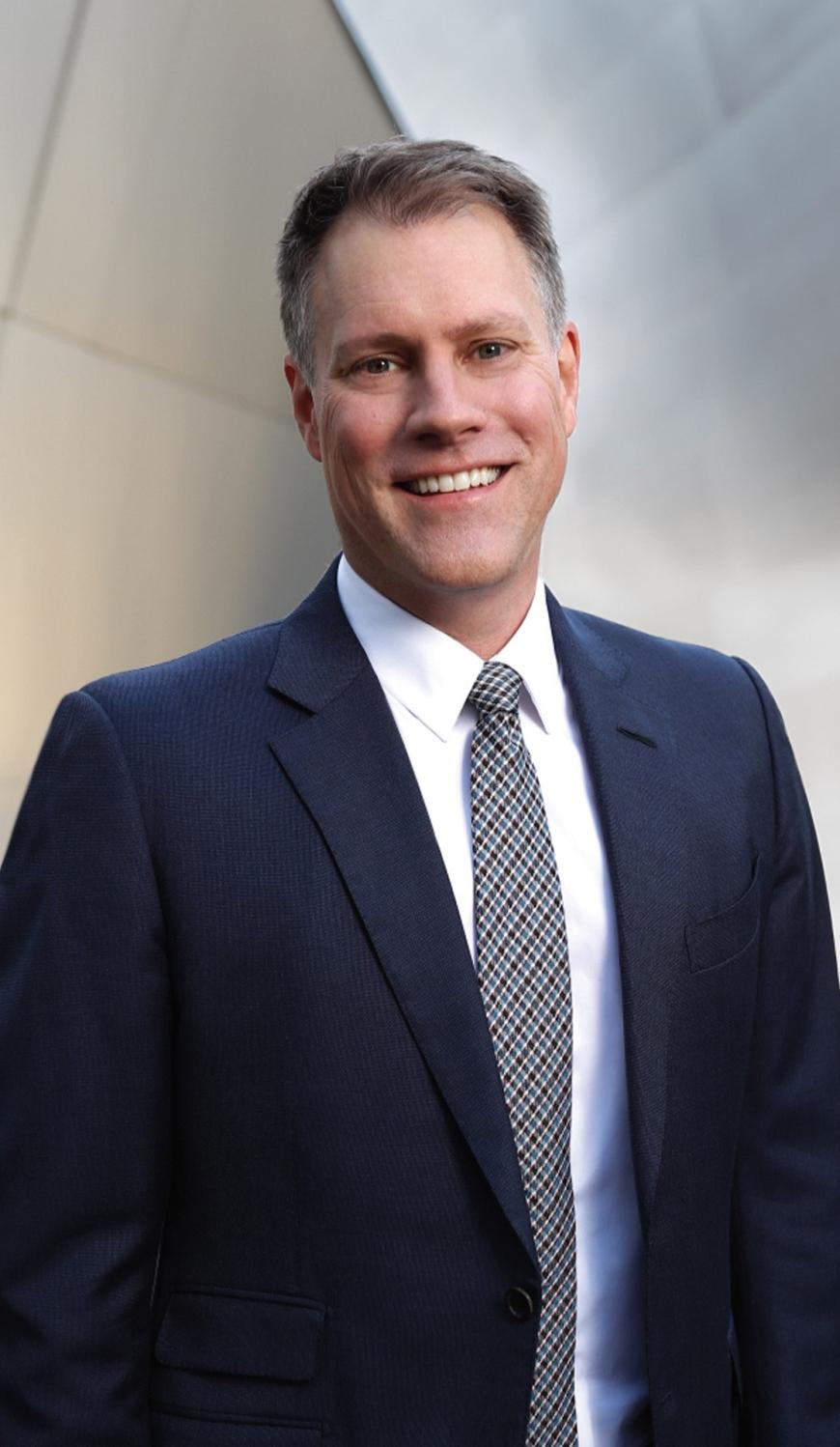
Bridge building was the original catalyst for the festival, as Chad Smith, the LA Phil’s former CEO, reported when it was initially announced back in February. He recalled that, during the pandemic, the leaders of many of the state’s musical organizations made it a point to get together in regular Zoom meetings to trade ideas and keep tabs on what their colleagues were up to.
Those sessions sparked the idea of conducting some sort of joint project once concert halls were open again. That gradually grew into “this broader collective effort,” Smith said.
Fifty organizations had signed on at the time of February’s announcement; that number has since doubled. “People sensed the excitement as it grew, and they wanted to get involved,” said Umber.
Perhaps surprisingly, there doesn’t seem to be a lot of concern about convincing audiences to check out the music of composers they have never heard of. Rather, many organizations are seeing this as a unique marketing opportunity.
“My sense is that unknown works can sometimes be more of a draw than a deterrent to audiences if we know how to package and present them,” said San Francisco Choral Society Executive Director Jessica House Steward. “The California Festival is aiming to create a platform for all of us in that endeavor.”
“This is an opportunity to build and establish new audiences,” agreed Andrew Sewell, music director of the San Luis Obispo Symphony, which is presenting two new pieces it commissioned. “We are gaining traction with a more liberal programming philosophy. Our student ticket sales have exploded.”
“It’s been such a difficult transition out of the pandemic, and we still see plenty of empty seats out there,” added NCCO’s Lonsdorf. “It’s time for people to explore and form new habits. There’s such amazing music happening at organizations large and small across California, and if this festival inspires a few new connections, it will be well worth it.”
Whether that occurs or not will depend in part on whether the excitement expressed by these executives spreads to their audiences.
“There is something uniquely special about the idea of a festival — the gathering and celebration of the creation of new music, with composers and audiences ready to listen and hear the music being born of these current times,” said O-Lan Jones, founder and artistic director of Overtone Industries, a Los Angeles-based company that develops and performs new operas and musical theater pieces. “Music born of this time is steeped in subtle understandings particular to this era and brings with it a lot of ‘secret sauce’ that speaks to current audiences.”
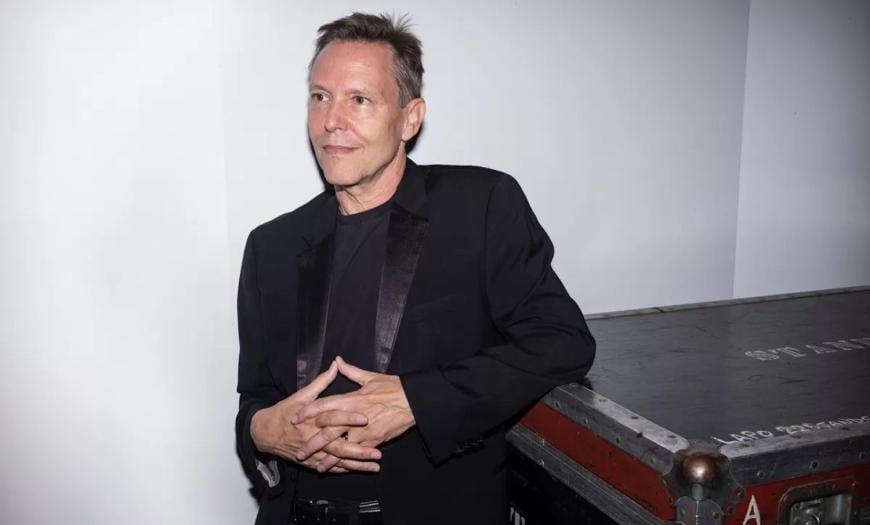
“We live in the world of 2023, for better or worse,” agreed LA Master Chorale’s Gershon. “Composers and creative artists help us to make sense of the world around us. We need them and their music now, just like Beethoven’s audiences needed his music when Vienna was under siege in the early 19th century or Mahler’s audiences needed his symphonies when the world was careening toward the Great War.”
Mahler, of course, didn’t have the internet. The California Festival has embraced that 21st-century necessity by creating an impressive website. Besides a comprehensive calendar of concerts, it features essays by such notable music writers as Tim Page, audio reflections by a number of composers on the different ways California inspires them, and a “composer’s toolkit” that allows budding Beethovens to create their own works. Umber hopes to post listener’s reflections on their festival experiences once the concerts are completed.
Might there be a second such event? “It’s definitely on our minds,” said Umber. “But we’ll see how the first one is and then decide what’s next. This is an experiment.”
If it succeeds, its impact may even extend beyond the world of classical music.
“At its core, I believe the shared goal of exemplifying the excellence of artistic creations of today is what motivates and inspires each of the participating organizations,” said Nick Gianopoulos, the Colburn School’s manager of artistic administration.
“I hope that the California Festival further cements the West Coast as a major hub for innovative and thoughtful programming and paves the way for other artistic and academic institutions to develop similar programming initiatives.”




